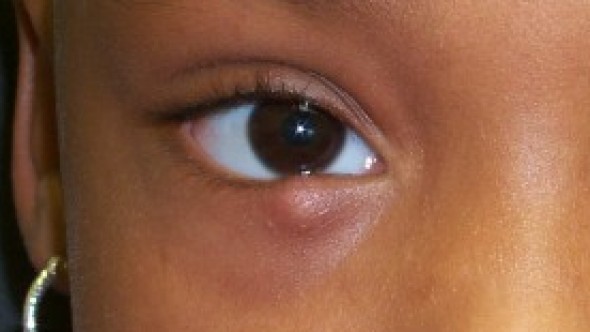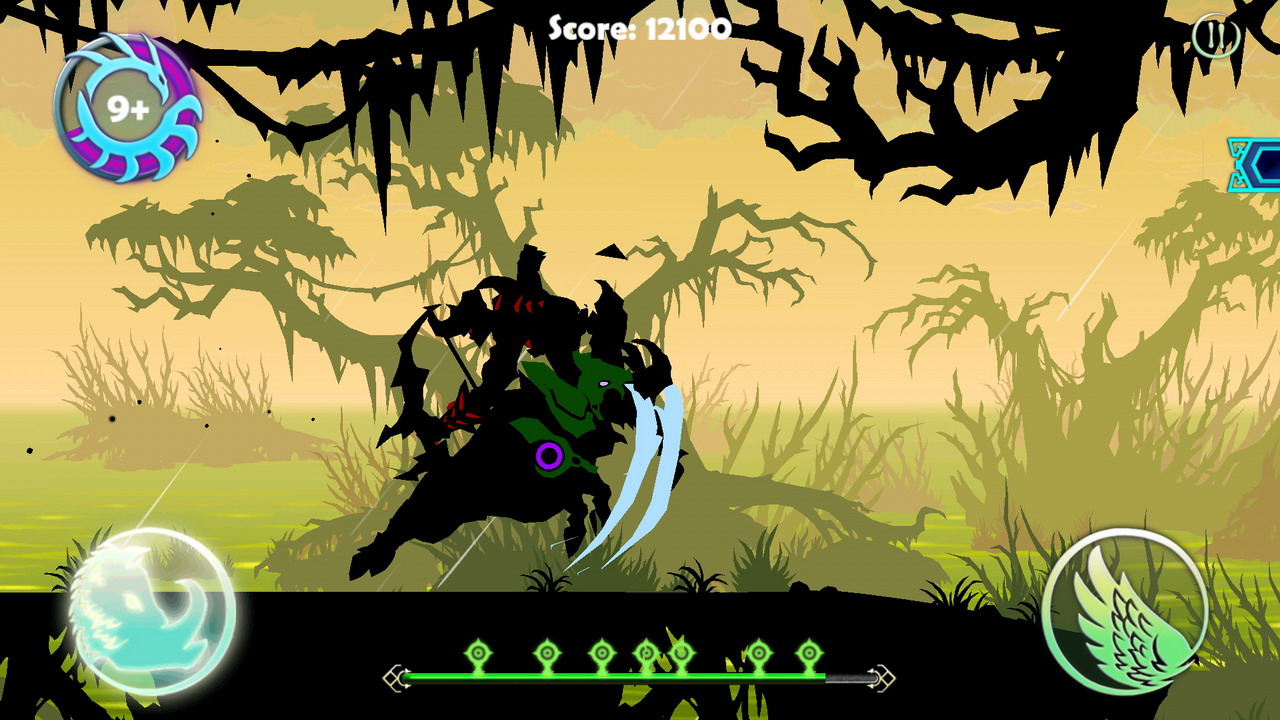
Bump On Eyelid
What to do if you have a lump on your eyelid, or an eyelid that's swollen, sticky, itchy, drooping or twitching. Most eyelid problems are harmless. Many eyelid problems are not serious. It's fairly common to have any of these problems: a lump that goes away by itself after 3 or 4 weeks; mildly itchy, flaky or sticky eyelids that clear up.
Have you ever experienced a bump growing in your eyelid? The bump found on your eyelid is called a chalazion. However, you should not confuse a chalazion from a stye or hordeolum though both may involve having bumps on the eyelid. All you have to keep in mind is that a chalazion is merely an inflammation on the eyelid. On the other hand, a sty or hordeolum is a more serious one because this already involves acute infection of the gland. You’ll further understand this condition as you continue reading this article.
SymptomsChalazion formation would cause redness, swelling, heat and pain on the affected area. More specifically, you may expect the following signs and symptoms to be present along with the formation of bump on the lid. Usually, the bump on the eyelid grows up to 1/8 of an inch and this appears to be just localized on one area. The bump also grows in size as the inflammatory process progresses.
So, you would notice that the bump is gradually growing bigger. Do not fret though because this just normal. It is also normal to experience pain as the chalazion or eyelid bump increases in size.
However, when the pain becomes unbearable, you should consult your doctor the soonest because this could be an indication of an ongoing infection. Blurring of vision may also be reported in some cases.Causes of bump on EyelidFor you to better understand how a chalazion forms, it would be best if you first acquaint yourself with a small background on the anatomy of the eye. To begin with, your eyes have special types of glands called Meibomian glands. There are actually 30-40 glands of this type in both the upper and lower eyelid. The primary function of these glands is to help secrete oil into the tears.
When these glands become blocked, this is the time that bumps would begin to form. At times, there are also certain instances that the body would trigger inflammatory process that would lead to swelling, redness, warmth and pain in some cases. Nonetheless, even with the presence of an inflammation in a chalazion this does not yet involve infection just like that in a sty.Typically, the oils produced by the Meibomian glands flow directly right through an opening at the rear end of either the upper or lower eyelashes.
There are certain situations that the oil produced by these glands becomes too thick to the extent that this would start blocking the opening. With the opening getting blocked with oil, the Meibomian glands continue to produce more oil causing the area to become stuffed. As a result, bump would form into the eyelid. ExaminationSo as your condition to be properly diagnosed you may seek consultation from an ophthalmologist.
The examination typically involves inspection of the skin on the eyelid, specifically around the bump. Your doctor may alongside conduct a vision test. TreatmentBump on the eyelid can actually just be treated at home. There are several ways in which you can treat bump on the eyelid. Here are some of the ways in which you can treat a chalazion: Home Remedies Warm compressGet a warm towel or cloth and soak it in lukewarm water. You can then apply this to the pump.
Applying warm compress would help reduce inflammation. This also facilitates drainage of the blocked oil. Warm compress should be applied for about 5-10 minutes four times a day. Gentle massageGently massaging the affected area would also help promote faster healing.
Avoid poppingAlso, you should resist the temptation of popping the bump so as not to aggravate the condition. Medical Intervention Antibiotic eye dropsShould an infection be suspected, your physician would usually prescribe you with an antibiotic eye drop. Steroid injectionsSteroid injections may also be given to help halt the ongoing inflammatory process. TetracyclineThere are a number of conditions which will thicken the oil produced by the Meibomian glands.
If this is the case, tetracycline would most likely be prescribed as this helps lessen the thickness of the oil. SurgeryA chalazion should be gone within a few days. Nonetheless, if this persists for up to several weeks and begins to manifest symptoms which make you feel uncomfortable, surgery would oftentimes be required. The surgery involves the removal of the chalazion. Interstellar marines bullseye. This may also be indicated especially when the appearance becomes too repulsive.These are just some of the ways in which you can treat bumps on the eyelid. You can also prevent chalazion formation in the future simply by warm compress application and using mild baby shampoo to cleanse the lids.
Overall, bump on the eyelid can be considered to be just a minor condition. This is not also contagious so you don’t have to worry. Bump on Eyelid PicturesPhotos, Images and Pictures of bump on eyelid.
An eyelid bump can be painful or irritating but is usually harmless. Although bumps can disappear on their own, simple treatment at home often speeds up healing. We find out more about different types of eyelid bump and what can cause them.Eyelashes protect the eyes from tiny objects, such as dust, that can irritate the eye. Oil glands around the eyelids help to keep the lashes healthy; if these parts of the eyelid become infected or swollen, an eyelid bump might develop.The condition is widespread, and anyone can get it. Children and those with the eye condition are more likely to develop an eyelid bump. Blepharitis causes the edges of the eyelid to become red and swollen.
Styes and chalazia are the most common bumps that appear on eyelids.Most bumps that appear on the eyelid are either a stye or a chalazion. It can be hard to tell the difference between the two; both affect the eyelid and usually appear as a small lump.Another type of eyelid bump is a xanthelasma. These lumps are deposits of fat, and they usually develop in the inner corners of the eyelids. A xanthelasma is harmless.Small, harmless bumps called milia can also occur on the eyelid. Milia are tiny white bumps that appear under the surface of the skin.

They usually appear in groups and can occur anywhere on the face.As styes and chalazia are the most common form of eyelid bumps, this article will focus on them.Although it is often difficult to distinguish between a stye and a chalazion, key differences include the following:. A stye is usually painful, while a chalazion is not. A stye may swell to cover the whole eyelid, but a chalazion typically remains small. A stye often occurs around the eyelashes. A chalazion can be on or inside the eyelid. A stye is almost always red, while a chalazion is usually not.
A stye will appear as a red lump on the eyelid. It may have a small spot of in the middle of the bump.
It is likely to irritate the eye, making it feel itchy or as if there is something in the eye.A stye may cause the edges of the eyelid to become crusty, and a person’s eyes may water a lot. In some cases, the entire eyelid may swell up. A person who has a stye may also be more sensitive to light.A chalazion can develop without showing any symptoms. The eyelid bump may become swollen or tender. If the lump is particularly large, it may press on the eyeball, causing blurry eyesight.Xanthelasma and milia do not tend to have any accompanying symptoms apart from the appearance of bumps. Bacteria infecting the eye may cause a stye or chalazion.A stye is usually caused by bacteria that have infected part of the eyelid.
The most common place to get a stye is at the base of an eyelash or an eyelid gland.People with blepharitis are more likely to get a stye.A chalazion happens when bacteria on the skin cause the opening of an oil gland to swell up and become blocked. These bacteria are usually harmless, but some people are sensitive to them.Xanthelasma are by high levels of in the blood.Milia occur when a protein called keratin gets trapped underneath the surface of the skin. This can happen for a variety of reasons, including injury and medical conditions. A person can usually treat a stye at home, but they may need to see a doctor if it is especially painful or bothersome.
Someone may wish to seek medical advice for a stye that:. does not show signs of healing within 2–3 weeks.
is particularly painful. is very swollen or causing problems with eyesightPeople can treat a chalazion at home. They should be aware of any changes in the condition and may wish to see a doctor if:. their eye becomes more red and sore. their vision is blurred.
redness and swelling spreadsPeople with xanthelasma or milia do not need to seek treatment unless the bumps impact on vision. Milia tend to go away over time. Home remedies for styes and chalazia are similar, but medical treatment can differ.The first treatment to try at home is a warm compress. This can help to speed up healing and reduce swelling of an eyelid bump.To apply a warm compress, a person should:. make sure that their hands are clean. soak a clean washcloth or cotton ball in warm water.
hold the compress to the eyelid bump until it cools and then reheat cloth and apply again to the eyelid. repeat three to five times per day using a clean washcloth or cotton ball each timeA warm compress can help to open and drain a blocked oil gland that is causing a chalazion.A chalazion is not usually painful, but a stye may be. A person may choose to take an over-the-counter painkiller if necessary.In the unlikely event that an eyelid bump becomes infected, a person may need.
This may be in the form of eye drops or ointment. If the infection has spread, then a person might need to take an antibiotic medication by mouth.If a chalazion is very swollen, a doctor may treat it with an injection of a steroid called cortisone. A doctor will likely only do this if the swelling is affecting someone’s eyesight.Sometimes, minor surgery is carried out to drain an eyelid bump if it does not go away with treatment. This procedure will usually take place in a doctor’s office.The doctor will use a small, sterile needle to drain the lump. They may also remove the eyelash closest to the eyelid bump.People should not burst or pierce an eyelid bump at home as this can spread infection.A person with a chalazion or stye should take care not to touch the area too much. It is usually a good idea to avoid wearing eye makeup or contact lenses until the eyelid bump has healed. Washing hands before touching the eyes and removing makeup properly before going to bed may help to prevent bumps on the eyelids.It is not always possible to prevent styes and chalazia, but keeping the eyes clean might help to stop them forming.Help to keep eyes clean by:.
washing the face daily. removing makeup before going to bed. washing hands before touching the eyes or the area around them. not sharing towelsA person who has had a chalazion in the past, or who has the eye condition blepharitis, may be advised to clean their eyelids daily. This can help to stop a chalazion developing.To clean the eyelids, people should:.
wipe the base of the eyelashes with a clean washcloth dipped in warm water. use warm compresses on eyelids, keeping eyes closed.
dry thoroughlyBaby shampoo can also be used around eyelids if needed.
